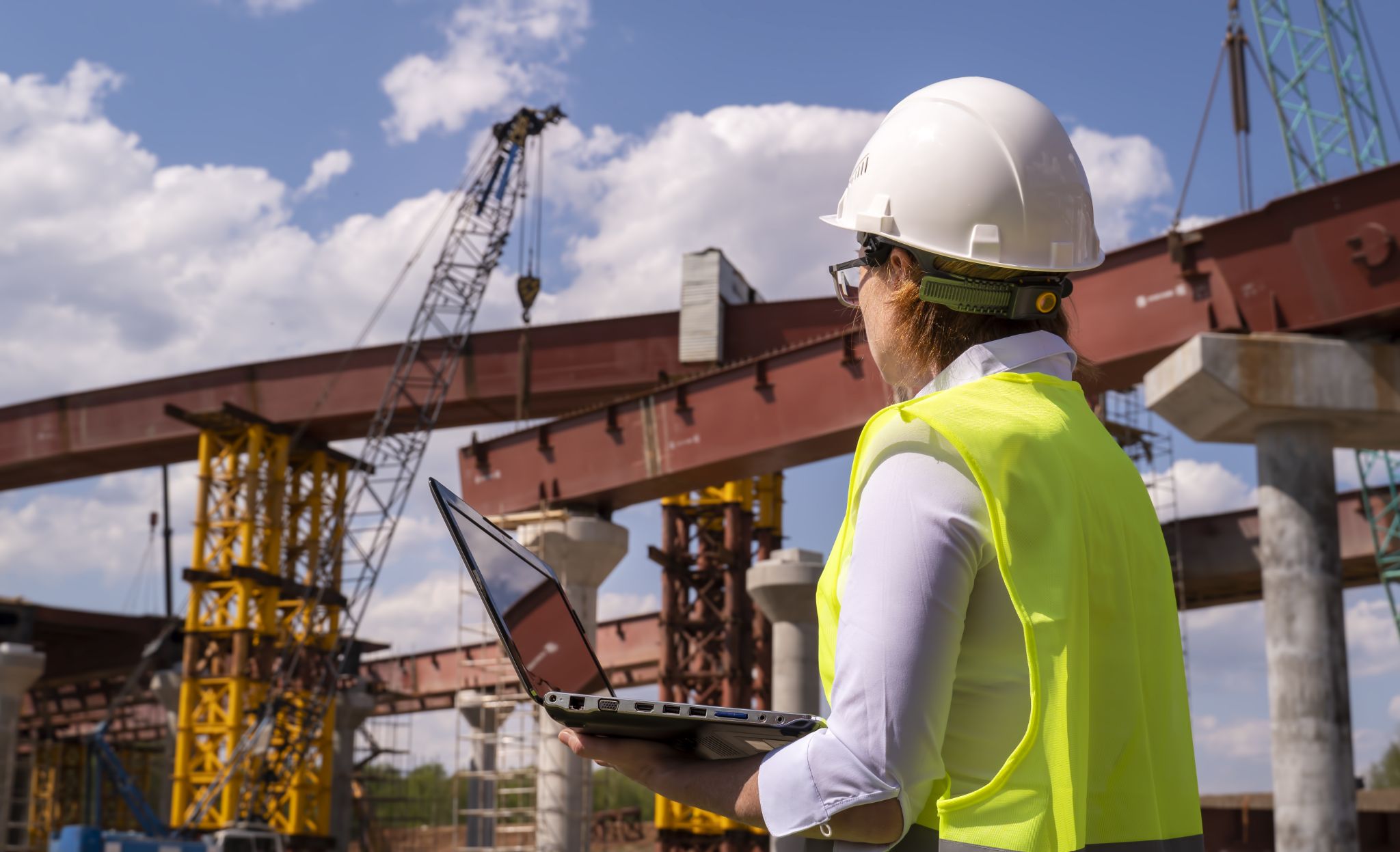Resilience in Engineering: Preparing Frameworks for Severe Weather Events

In an age where natural disasters are becoming ever more common, the value of robustness in civil engineering cannot be overstated. Civil engineering plays a crucial role in ensuring that our structures, overpasses, and systems are not only operational but also protected in the face of environmental challenges. The steps taken by structural engineers can mean the distinction between devastation and survival during events such as quakes, floods, and typhoons. This article delves into the significant aspects of structural engineering that focus on modifying structures to withstand such challenges.
Understanding what structural engineering entails is important for valuing the expertise required to address complex design challenges. From the bases of skyscrapers to the detailed details of overpasses, structural engineers are responsible for designing and analyzing elements that enhance the integrity and resilience of a structure. As we explore the various dimensions of structural engineering, we will showcase its evolution, innovations, and the key trends shaping the outlook of this essential field. Whether it’s through advanced materials, modern software tools, or sustainable practices, the goal remains the same: to preserve lives and infrastructure while pushing the boundaries of design and building.
The Role of Civil Engineers in Catastrophe Preparedness
Civil engineers play a critical role in ensuring the security and resilience of structures and amenities against natural disasters. They are responsible for creating structures that can endure various forces, such as quakes, typhoons, and floods. By employing sophisticated calculations and understanding the properties of materials, engineers develop solutions that reduce risks associated with extreme weather events and seismic activity. Their knowledge is vital in assessing vulnerabilities and implementing structural elements that enhance the overall robustness of a structure.
Through cooperation with designers and other stakeholders, civil engineers help create comprehensive emergency response strategies. This includes performing risk assessments that recognize possible risks and determining the necessary design features necessary to minimize damage. They utilize creative techniques and modern technology, such as three-dimensional modeling and simulation software, to anticipate how structures will respond under different catastrophic situations. This forward-thinking approach enables the integration of safety measures from the inception of the design process.
In addition to design and planning, civil engineers also play a pivotal role in educating builders, property owners, and local populations about best practices for preparedness. They provide insights on the importance of load-bearing walls, foundation stability, and material choices, all of which contribute to a building's ability to withstand disastrous events. By promoting understanding and knowledge of structural strength, engineers empower individuals and communities to take proactive measures, enhancing overall readiness and safety.
Groundbreaking Techniques for Earthquake Resistance
Latest advancements in civil engineering have led to innovative approaches that significantly enhance the quake resistance of facilities. One notable method is isolated base design, which involves installing a movable bearing system among the structure and its foundation. This allows the building to shift independently of ground motion, minimizing the stresses transmitted during an event. Base isolators can efficiently mitigate damage by taking in and spreading seismic energy, thus protecting critical structural elements and ensuring the safety of occupants.
Furthermore, cutting-edge technique is the use of energy-dissipating devices. These systems are embedded into a building’s framework and help to take in and disperse the kinetic energy created by seismic activity. Common energy-dissipating devices include energy dampers, which can be made from materials like steel or rubber. They are designed to yield or yield under stress, converting seismic energy into heat and lessening the force on the overall structure. This technology has proven critical in multistory buildings and other intricate structures where conventional design methods may fall short.
Ultimately, advanced materials such as fiber-reinforced polymers and adaptive alloys offer significant benefits for seismic-resistant design. These materials exhibit high strength-to-weight ratios and can regain their original shape after deformation, making them ideal for structures subject to seismic forces. Their application in rebar and composite structural elements improves the general resilience of buildings. As engineering structural engineer Surrey continue to evolve, incorporating these materials is probable to lead to better and more flexible structures that can endure the challenges posed by earthquakes.

Eco-friendliness and Emerging Trends in Civil Engineering
As the world increasingly confronts the challenges of global warming, environmental responsibility in civil engineering has become a critical focus. Engineers are now prioritizing the use of sustainable materials and practices to reduce the environmental impact of construction. For instance, the use of reclaimed resources, sustainable wood, and minimal manufacturing processes not only conserves resources but also lowers carbon footprints. Enviro-friendly construction certifications like BREEAM are driving this trend, pushing structural engineers to develop in material choices while ensuring that security and durability standards are met.
Looking ahead, trends in structural engineering are leaning towards advanced technologies that promote resilience and sustainability. The use of Building Information Modeling (BIM) allows for more efficient planning and resource allocation, enabling engineers to analyze the ecological footprint of structures before building begins. Moreover, emerging practices like modular construction and prefabrication are gaining traction, allowing for effective use of materials and reduced waste. These innovations promise to enhance both the sustainability and resilience of structures in the amidst natural disasters and climate variability.
The prospects of civil engineering is also being shaped by the incorporation of smart technologies. Innovations such as monitoring devices and data analytics are enabling engineers to monitor the health of structures in real-time, providing insights that can lead to quicker repairs and preventive maintenance. This shift not only helps in ensuring public safety but also extends the lifespan of buildings and infrastructures. By adopting these advancements, structural engineers are not only addressing present demands for sustainability but also creating a robust and sustainable future.
